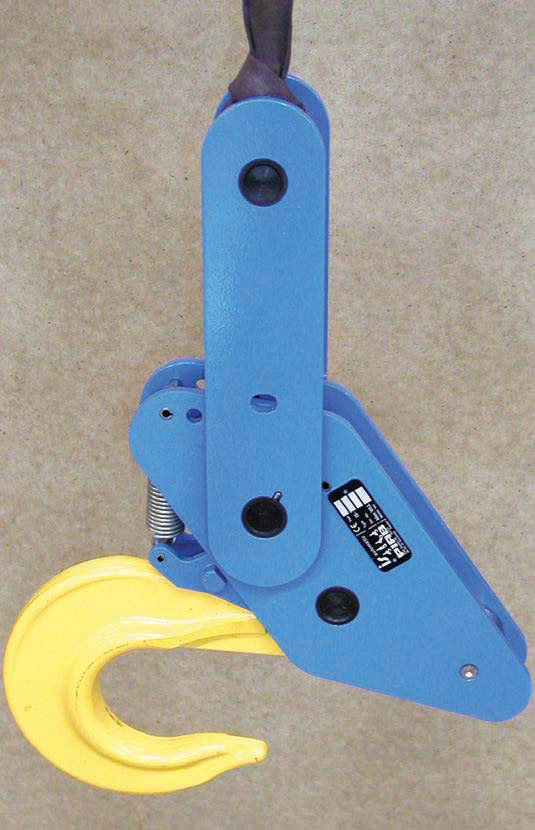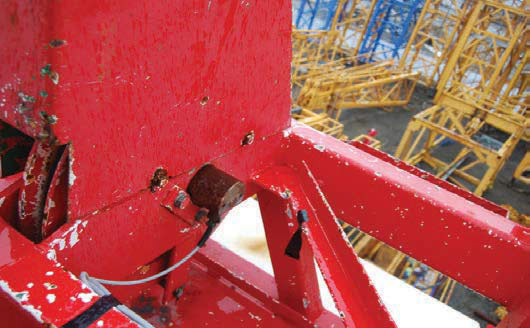Sensing the crane market
22 August 2018Sotiris Kanaris interviews Gigasense’s CEO Marie Samuelsson at the company’s headquarters in Åkersberga, Sweden.
Gigasense AB was formed in 1951 as PIAB, and found success with the dynamometer—still in production— used for measurement and control of tension forces and weight. In 2008 the company name changed to Gigasense and since then its product range expanded to include, apart from force measurement equipment, crane safety systems and test technology machines.
The manufacturer’s crane safety systems are often deployed for overhead crane applications at—among other places—steel plants, nuclear plants, pulp and paper facilities. However, Gigasense products are being used for other crane types as well.
The Gigasense LKVE force transmitter has been used on a floating crane in Malaysia for overload protection. The LKVE is delivered for capacities up to 16t in single part of hoisting rope. It can be mounted on wire rope with a diameter up to 44mm. Together with a Crane Safety Monitor or electronic unit, the LKVE is well suited as overload guard, load guard, load limiter and/or a slack rope switch on lifting equipment. It can be used on single and multiple hoists.
Swedish tower crane rental company BinSell has been using Gigasense Shaft Load Cells together with displays, in order to get information on how the cranes are being used when they are rented out.
“They can check what the peak load was, how many lifts were made, what was the average load. All this information has proven to be very useful for them so they keep buying more of our systems for that purpose,” says Samuelsson.
For the mobile and tower crane market the company offers its Gigasense Automatic Hook, which automatically hooks up, safety locks and releases.
The Automatic Hook consists of a hook, housing and link, made of high-grade steel. Unloaded, the spring loaded hook is pulled up against the housing in an open, ready-to-load position where it can easily be hooked onto a link, lifting eye or other attached hardware.
When the Automatic Hook is engaged, the load tension closes the hook opening, and the safety latch is automatically locked. The hook remains safety locked even if it is unloaded. It is therefore possible to safely set down the load and make adjustments.
To release the safety lock after completed lifting operation, the hook is lowered until the upper link has tilted approximately 60° in relation to the housing. When the lock is released, the hook swings up into an open starting position. The load is released, and the automatic hook is ready for a new lifting operation.
The Automatic Hook is available in six sizes from 2t to 27t and has been tested and approved by the Swedish Institute for Materials Testing.
Samuelsson says this helps reduce the risk of injury by crane operators, as they would no longer need to climb anywhere to hook up a load.
Gigasense has 44 distributors around the world, responsible for 75% of business. Europe accounts for 70% of the company’s sales volume, while the Middle East and North American regions have been growing very fast. The company has witnessed increased demand for its products from India as well.
The strict safety regulation in Australia is the reason why the company will be looking into expanding its presence in that market in the near future.
Regarding future plans for the product range, Samuelsson says: “The standards now require all electronic equipment must have at least performance level C category 2, so we work to fulfil that. At the same time we focus on enhancing current products, giving them new features.

